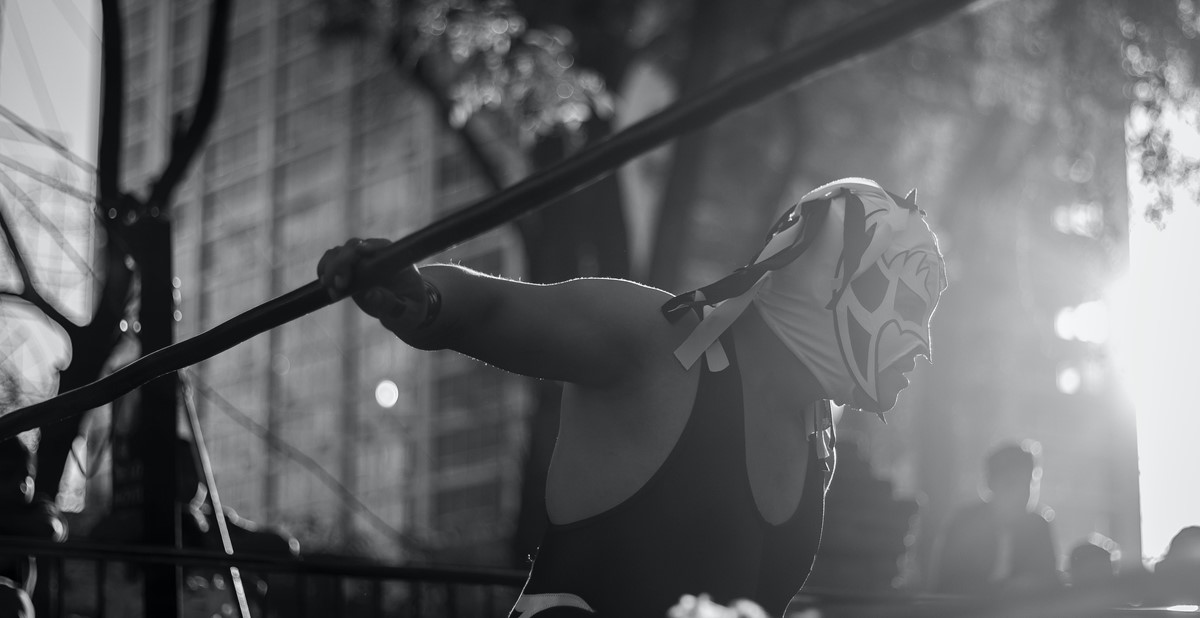Market Share: WWE Falls Short With NFT/WWE March Bundle

Joe Hernandez // Unsplash.com
As non-fungible tokens (NFTs) continue to grow in popularity amongst consumers, many companies are tapping into this innovation to sell products, raise awareness, boost sales and offer recipients a truly one-of-a-kind gift—as is the case with Coca Cola (see story on page 65). However, it’s a relatively new market, and both consumers and businesses alike are still learning how to use it. One of the growing pains of NFTs recently came to light with the failure of World Wrestling Entertainment’s (WWE) most recent merch bundle, which sold 37 kits when it planned to sell 1,000.
The bundle, designed by professional wrestler and WWE star John Cena, featured an assortment of branded products including a t-shirt, hat, wristband, armband, a John Cena Signature Series WWE Championship spinner belt, an autographed canvas photo and an NFT, all of which he helped to design. The bundle was inspired by the 1998 video game Super Mario Bros. 3, and it wasn’t revealed until Cena entered the wrestling ring at WWE’s SummerSlam, an annual pay-per-view event held in August, for the SmackDown Universal Championship (the main event against reigning championship Roman Reigns). When Cena arrived with his team of wrestlers, dubbed the Suicide Squad, he was wearing the t-shirt, hat and other accessories from the bundle. Cena believed that with the NFT included, the bundle would be a “once-in-a-lifetime fan experience.”
WWE valued this bundle between $500-600 but upped the price to $1,000 for the NFT, Cena said in a statement. When the response among fans was feeble, falling 963 units short of the forecasted sale, it was clear the bundle was priced too high, and also that the NFT wasn’t a big enough appeal to wrestling fans when compared with the price. When Cena appeared at Florida Comic-Con in Miami, he described the merch bundle as a “catastrophic failure.”
With no set price to dictate the worth of NFTs, it can be a tricky effort to take on for any company or creative that’s tasked with pricing. Another potential roadblock here is the rate of adoption, being that NFTs are still a relatively new technology. In a Reddit thread among users discussing the NFT/WWE merch drop, many comments shared a similar sentiment of being uncertain and uninformed about the technology, and also disappointment with not being able to purchase the Cena-designed t-shirt separately from the bundle. Drawing from WWE’s mishap, one of the important factors to consider is the popularity and awareness of NFTs among a promotion’s target demographics prior to investing in the technology. The NFT included in this bundle was also the first-ever NFT created by WWE, thus indicating the company was experimenting with an untested product. By introducing an entirely new technology to fans at a higher price point than they were accustomed to, the bundle—which Cena says was artfully designed—only reached a minimum of recipients, and all that effort received little reward. Moving forward, perhaps announcing the bundle prior to SummerSlam, and sharing a short video with the audience on its contents and the NFT at the event, instead of keeping it a secret until the main event, may have helped to educate, surprise and delight fans—and ultimately, sell more bundles.
––––––––––––––––––––––––––––––––––––––––––––––––––––––––––––––––––––––––––
Danielle Renda is associate editor of PPB.

